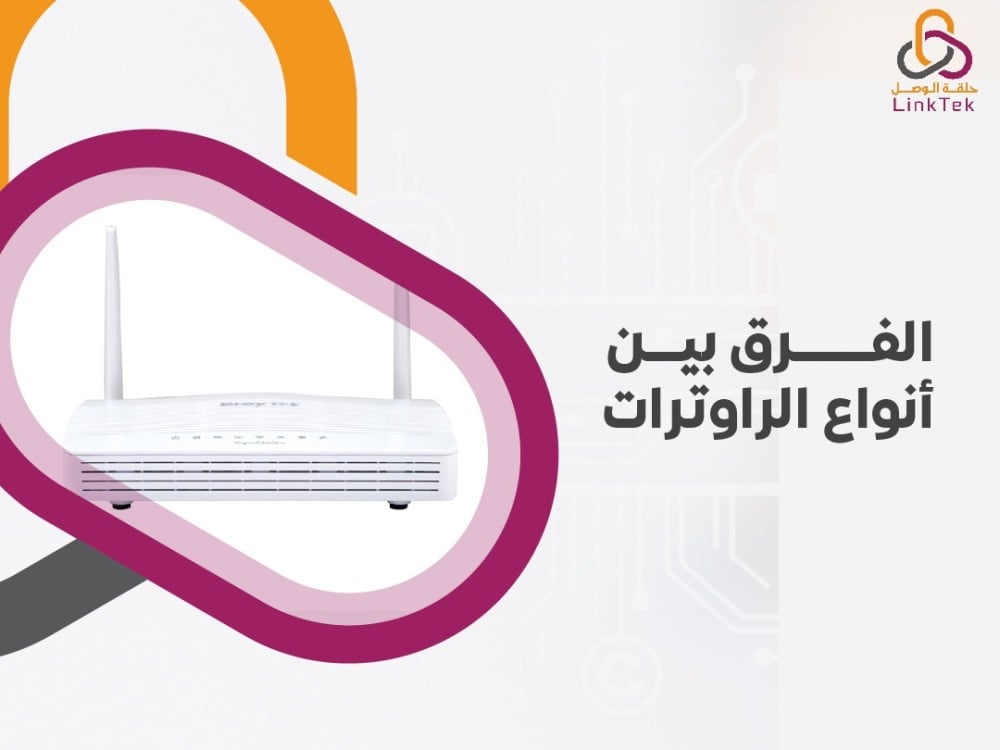
Although all routers perform the same basic function of receiving and sending data between the internet and local devices connected to the network, there are some differences between the various types of routers. If you're wondering what the difference between types of routers is, you can find a comprehensive answer in the following lines.
What is the difference between types of routers?
Routers come in a wide variety of types, based on several factors, primarily how they connect to devices and their operation within the network. Some common types have become popular, and if you are setting up a Wi-Fi network at home, it's essential to know the differences between types of routers to choose the one that meets your needs. Generally, routers can be divided into three main types:
1. Traditional Router
This is the ideal choice for those who want a wireless internet signal. It is a network device that allows the user to share their modem's internet connection with all their devices. The router connects to the modem via an Ethernet cable to deliver the internet to other devices in the home, which can be done with an additional Ethernet cable or wirelessly via Wi-Fi.
There are two main types of traditional routers:
- Single-Band Router: This is suitable for small homes, providing a strong wireless internet signal throughout the house.
- Whole-Home Wi-Fi Router: This relies on multiple devices to create a mesh network that delivers the Wi-Fi signal, making it suitable for large homes without worrying about speed drops or lack of coverage in areas far from the router.
2. Modem
A modem is a small device that provides a connection to the Internet Service Provider (ISP) and connects to the service through a cable or DSL phone lines from outside the home to its back part. It then shares this connection with a router via an Ethernet cable.
Modems vary according to the type of internet service the user receives:
- Cable Modem: For cable internet service.
- DSL Modem: For DSL internet service.
- Fiber Optic Service: Requires an Optical Network Terminal (ONT) device to convert optical signals to electrical signals for device recognition. Users might need another modem-like device for conversion.
Choosing the right type of modem for your internet service can be challenging. The ISP typically advises on the type of modem needed. If the service is used for over a year, purchasing the modem might be more economical; otherwise, renting the modem is an option.
3. Hybrid Routers (Router-Modem)
Many ISPs and device manufacturers have succeeded in offering hybrid devices that function as both a router and a modem. Although many people have welcomed the idea of hybrid devices, the best option remains using separate router and modem devices. This allows for updating each device according to your needs, ensuring better performance and easier troubleshooting.
Key Differences and Considerations
- Functionality: Routers are primarily for distributing internet within a network, while modems connect to the ISP.
- Coverage and Performance: Single-band routers are good for small areas, while mesh networks cover larger areas efficiently.
- Upgradability and Maintenance: Separate devices for router and modem allow for easier upgrades and maintenance.
LinkTech Store offers a variety of routers, ensuring that you can find one that suits your needs and budget. They provide competitive prices for a range of high-quality routers.

